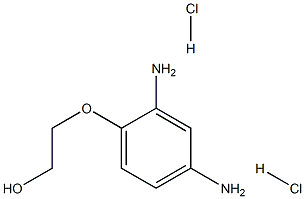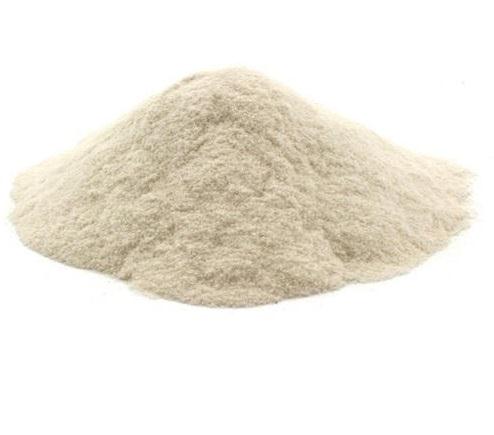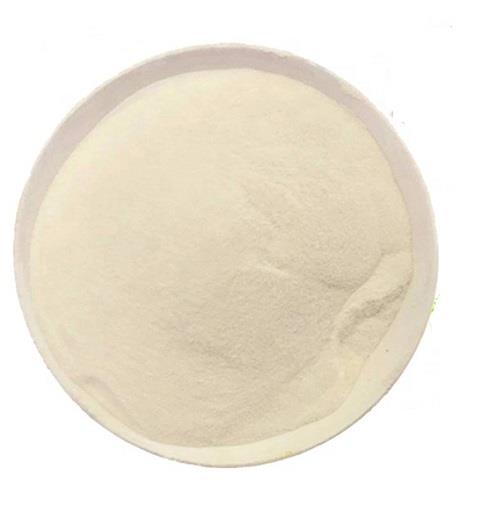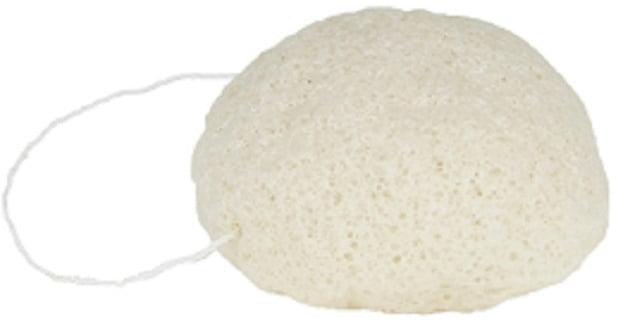Xanthan Gum - Application in Food Industry
Xanthan gum is produced by a biotechnological process involving fermentation of glucose or sucrose by the Xanthomonas campestris bacterium. Xanthan is a long chain polysaccharide composed of the sugars glucose, mannose, and glucuronic acid ( Fig. 3.7 ). The backbone is similar to cellulose, with added side chains of trisaccharides. It has been used in the meat industry as a viscosifier for marinades, its unique property being its ability to effect a large increase in the viscosity of a liquid at very small concentrations, on the order of 1%. It is often used for suspending particulates in brines as well as food products such as dressings and sauces. Hsia, Smith, and Steffe (1992) found xanthan gum assisted in batter pick-up, adhesion, and improvement in overall yield.
Xiong and Blanchard (1993) investigated xanthan for texture modification in an SSP model system. The authors found that xanthan interfered with protein binding, more from a physical entanglement than a chemical reaction. The overall result was a reduction in gel strength of the protein gel. This was also found to be true in frankfurter batters (Foegeding & Ramsey, 1987 ; Whiting, 1984 ;). As with many cold-soluble hydrocolloids, the addition of xanthan can also reduce cook yield. However, evaluation of cook yield will be different depending on the processing method and product. Cook losses between xanthan gum and both kappa and iota carrageenan were quite similar and favorable for frankfurter batters cooked in polycarbonate tubes (Foegeding & Ramsey, 1987) . Fox, Ackerman, and Jenkins (1983) also found xanthan very effective in retaining water during various cooking demonstrations. However, incremental increases in levels of xanthan in turkey breast products cooked in impermeable casings were found to decrease cook yield. As indicated by Foegeding and Ramsey (1987) evaluating one of the properties without the other can prove detrimental to the processor.
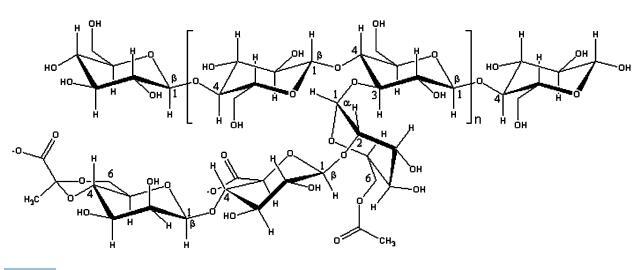
Fig. 3.7 Basic structure of xanthan (from Chaplin, 2007c . Reprinted with permission ).
Regulatory Status
Xanthan has been shown to be a safe food additive and is self-affirmed as GRAS under US regulations. Its use as a food ingredient is without limitation, providing that current good manufacturing practices (GMP) are used. Xanthan has the European Commission reference number E 415 as an approved additive. The bacterium used to produce it is not considered a genetically modified organism (GMO), so, therefore, it can be used in GMO-free products.
);You may like
Related articles And Qustion
See also
Lastest Price from Xanthan gum manufacturers
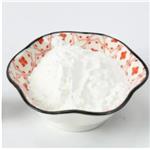
US $136.00-120.00/kg2024-04-30
- CAS:
- 11138-66-2
- Min. Order:
- 25kg
- Purity:
- 99.99%
- Supply Ability:
- 100Tons
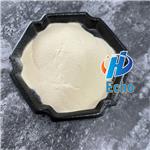
US $10.00/kg2024-04-29
- CAS:
- 11138-66-2
- Min. Order:
- 1kg
- Purity:
- 99.7%
- Supply Ability:
- 200000kg
